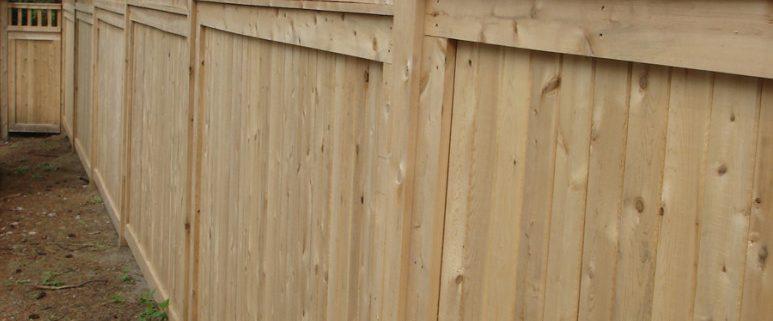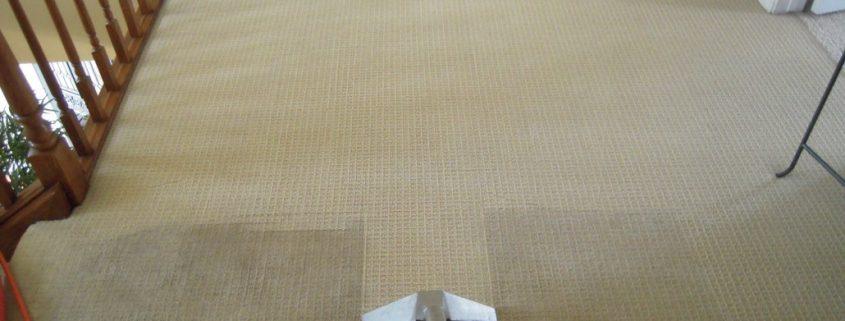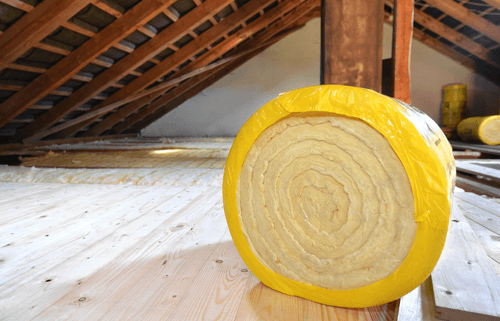Blinds and curtains to reduce outside noise
When it comes to isolating sounds in a home, there are many ways to reduce the sound traveling through the walls, but with windows it’s more problematic. The glass transmits the sound more easily than the walls due to insulation, but you can isolate noise using blinds and curtains. The key to any type of noise reduction through windows is to leave a space that traps sound waves. You can achieve this by using two sound barriers.
Choosing Blinds
When choosing blinds to reduce noise through the windows, you must figure out how to block the sound. Thin plastic blinds are vibrate but let the sound pass through. The so-called “acoustic blinds” are reinforced with glass fiber or foam to reduce noise. If you cannot buy these kinds of blinds, look for ones made of a thick plastic or wood, as they reduce more noise than the cheap plastic blinds.
Choosing the curtains
Curtains can also help reduce noise if they are thick enough. As with acoustic blinds, some drapes are thicker and made with a thin layer of foam applied on the back of the fabric. Many curtains are also sold as items to block light and reduce sound. These blinds are made with a thick fabric which has been applied to the back allowing them to reflect light and reduce sound waves. If you cannot find these kind of draperies in your area, any curtains made of thick material reduce sound just fine.
Use the two
The sound insulation experts recommend providing a double barrier for sound waves through windows. Thick wooden blinds installed inside the window frame and a curtain to reduce noise on the outside of the frame, leaving 1 inch (2.54 cm) of open space between them, will greatly reduce the sound brought in to your home.
Other ways to reduce noise
There are other methods to help reduce noise that travels through windows. You can plant thick bushes outside the windows. Sound also travels through fine cracks in the window frame, so seal the windows to reduce sound. If you’re using blinds and curtains to reduce noise, install the curtain rods farther away from the wall so that there is space between the blinds and the curtains to provide a layer of insulating air.













